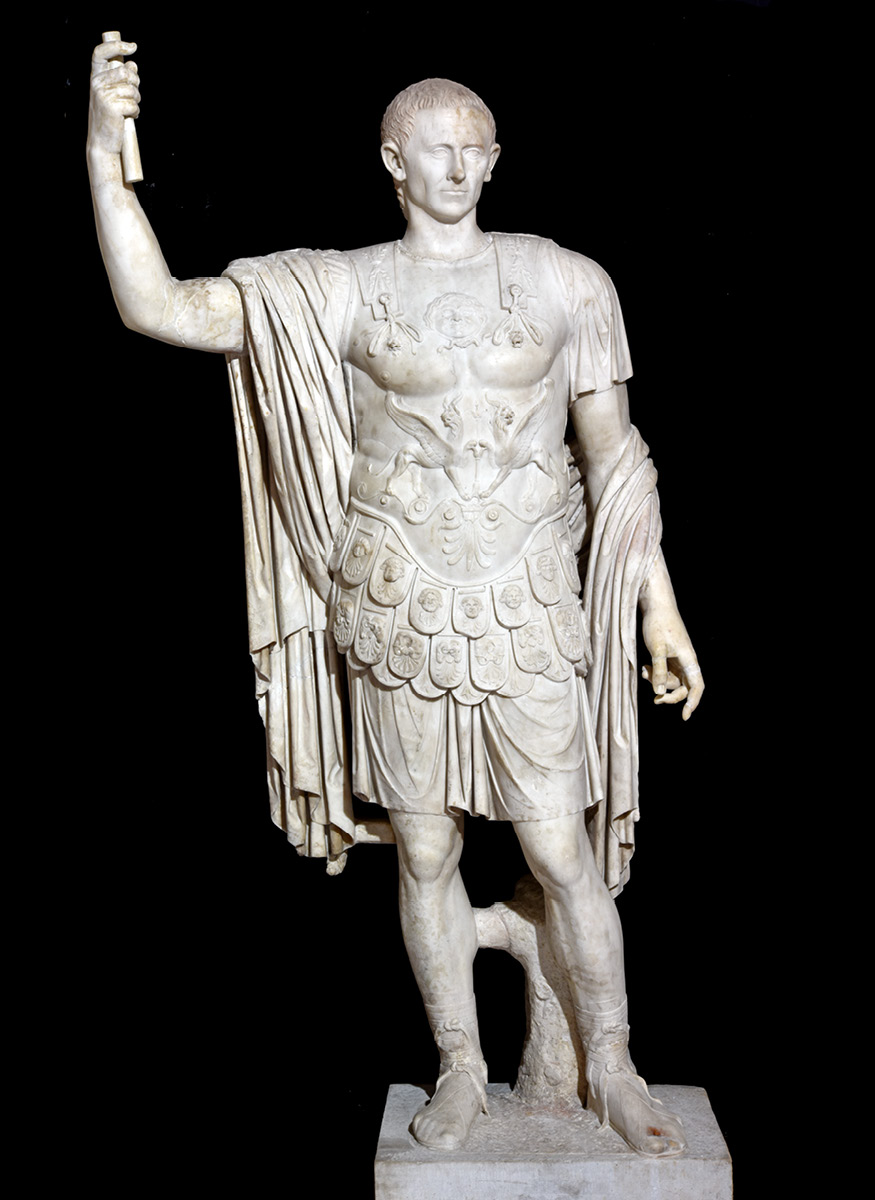Campania in the Roman period. Sculptures and paintings from public buildings.
The gallery, covering the whole Western wing of the ground floor (about 2000
square metres), is hosted in the rooms decorated among others by artists
Giuseppe Abate (1864) and Fausto Niccolini (1866 - 1870). From an
architectural point of view, the exhibition space is characterized by columns to
separate the rooms and fresco and stucco decorations in the ceilings.
The section retraces significative historical aspects of some Roman towns in
Campania, focusing on their public contexts. The ancient borders of the region
only partially overlap with modern ones: for example the current province of
Latina, today in Southern Lazio, was part of ancient Campania. Artworks on
display span from the 2nd century BC to the 3rd centuruy AD. In addition to
impressive marble and bronze sculptures, the gallery presents also fresco
murals, inscriptions, architectural elements and furnishings, which all together
decorated public buildings and funerary monuments explored between the 18th
and the 20th century, during excavation campaigns carried out in the Vesuvian
towns, the Phlaegrean area and the inland of Campania. Other sites located in
current Lazio and in Southern Italy, at the time still part of the Kingdom of
Naples, are also present with few but precious treasures. The main concept
underpinning the set-up is the original context of the artworks, with a
contemporary vision overcoming the traditional classification in different
materials, which characterized historical Museum galleries. For the first time
after centuries, decoration elements are presented in their original combination
inside the buildings, where both civil and religious public life unfolded.
The visit ideally starts in the porch, on the left handside of the main entrance hall
(room XXX): the display includes sculptural elements from Pozzuoli (ancient
Puteoli) and from the necropolis of Pompeii. The internal rooms (XXXII-XXXIV)
facing the portico play host to the artworks from Cumae and Baiae.
The following rooms present Pompeii and its buildings: the Triangular Forum
and the area around the civil Forum. The rooms (XXVIII-XXXIX) facing the
Western branch of the porch also display artworks from Pompeii and in
particular from the civil Forum, the temple of Jupiter, the Basilica, the building of
Eumachia and from the other buildings dedicated to the imperial cult.
A special focus is dedicated to Herculaneum (porch XXXV, rooms XL-XLII): the
Forum, the famous bronze quadriga, which probably decorated the four-
centered arch located in front of the Nonian Basilica, the theatre and the
Augusteum.
The room which connects with the Northern branch of the porch (XLIV) houses
the sculptures from Formia.
From the Northern porch (XLV), which exhibits sarcophagi and urns, visitors
gain access to the room dedicated to ancient Capua, current Santa Maria Capua
Vetere, where you can admire the sculptures which decorated the Campanian
amphitheatre dating to the reign of emperor Antoninus. The set up is inpired to
the same principle chosen by Michele Arditi for the so called “Cabinet of
Venuses”, with the theme of eros as fil rouge of the works on display (Aphrodite,
Adonis, Ganymede and other representations of Zeus’ love stories).
The internal room (XLVIII) houses sculptures form towns of Southern Lazio, like
Cassino, Fondi e Minturno, which, in the Roman period, according to the
territorial organization plannned by Augustus, were included in the regio I Latium et Campania.







